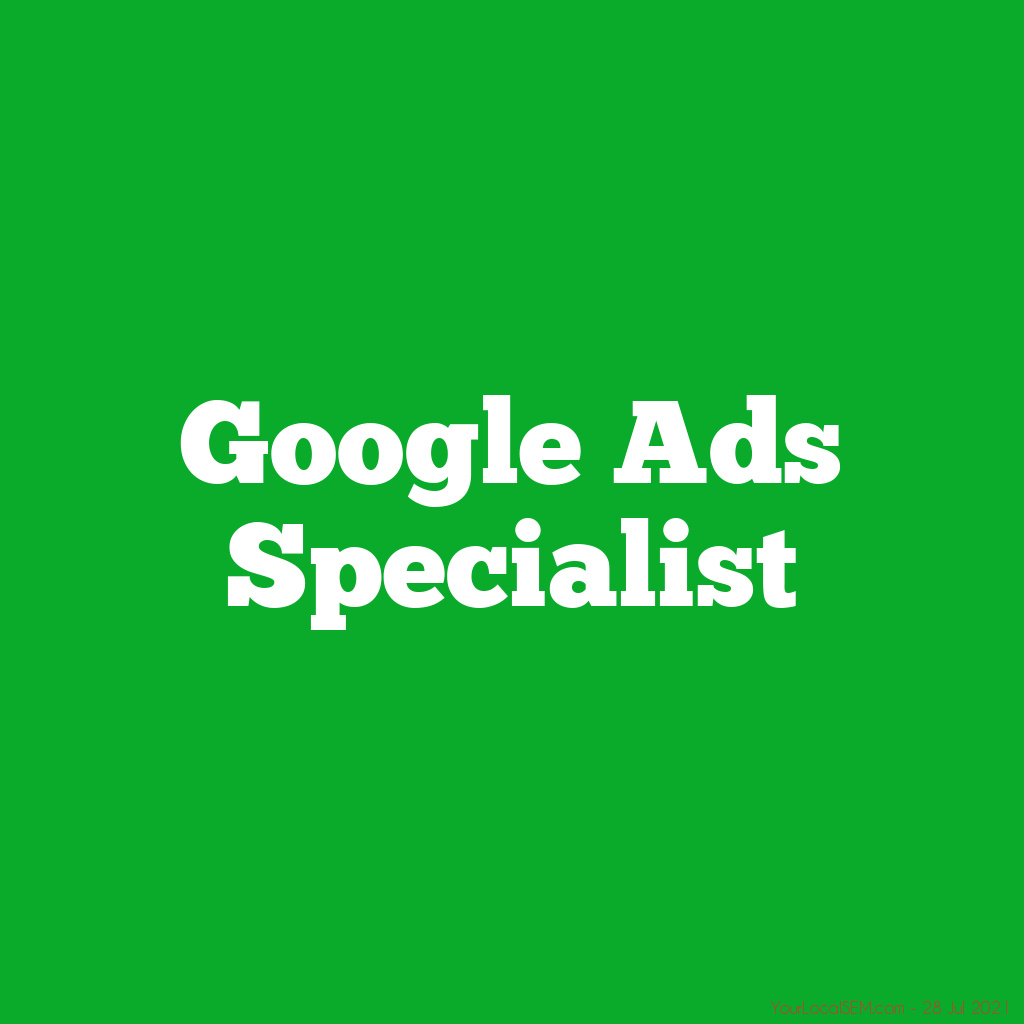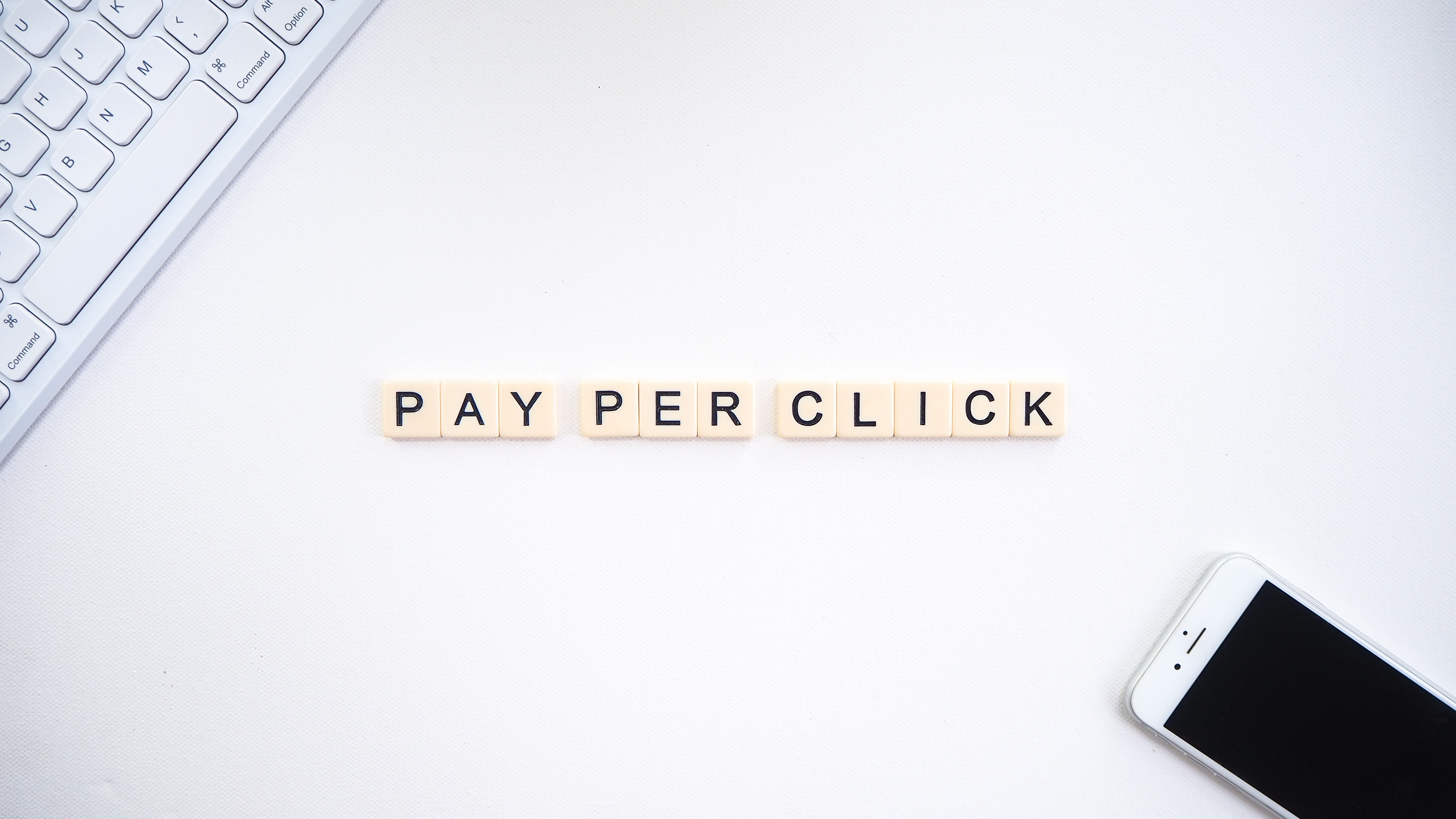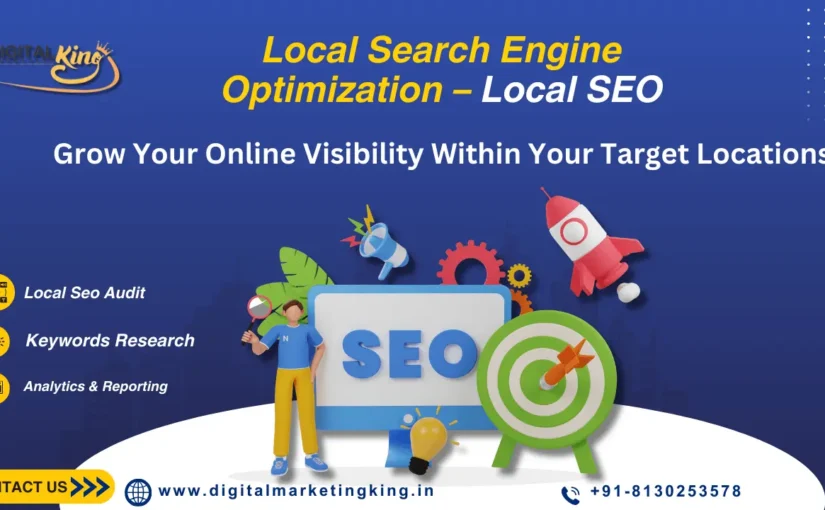Understanding Call Extensions and Call-Only Ads in Google Ads
Calls are a vital channel for connecting with customers, especially in a mobile-first world where many users prefer direct communication. Google Ads offers two primary options for businesses to drive phone calls: call extensions and call-only campaigns. Each serves a unique purpose and can significantly enhance the effectiveness of your ad strategy.
Call Extensions
Call extensions are ad enhancements that allow advertisers to display a phone number alongside their regular text ads. This feature is particularly useful for businesses that want to encourage potential customers to call directly from the ad.
- How They Work: When users see an ad with a call extension, they can click on the phone number to call the business directly. On mobile devices, this feature often appears as a clickable call button, making it easy for users to initiate a call with a single tap.
- Benefits: Call extensions make it easy for potential customers to contact your business directly from the search results, which can lead to increased leads and conversions. They also provide an additional point of engagement, potentially increasing the overall click-through rate (CTR) of your ads.
- Tracking and Metrics: Google Ads offers detailed reporting for call extensions, allowing businesses to track call metrics such as call duration, call status (answered or missed), and the area code of the caller. This data can help measure the effectiveness of call extensions and refine advertising strategies.
Q: When should businesses use call extensions?
- A: Call extensions are ideal for businesses that value direct phone communication with customers, such as service-based industries (e.g., home services, healthcare) or businesses that close sales over the phone. They are also useful for driving quick responses from potential customers looking for immediate information or support.
Call-Only Campaigns
Call-only campaigns are a type of campaign specifically designed to encourage users to call your business. Unlike standard ads that may include a website link, call-only ads are exclusively focused on driving phone calls and only appear on devices capable of making calls.
- How They Work: Call-only ads include your business name, phone number, and a brief description. When users click on the ad, their phone’s dialer automatically opens with your number pre-filled, making it easy for them to call.
- Benefits: These campaigns are highly targeted toward generating phone calls, which can be particularly effective for businesses that rely on phone interactions for sales or lead generation. They eliminate distractions by focusing solely on driving calls, thus optimizing the conversion path.
- Ad Format: Call-only ads prioritize your phone number in the ad copy, emphasizing the call action. This format ensures that users know the primary goal is to initiate a phone call, which can help filter out those less likely to convert via phone.
Q: When should businesses consider using call-only campaigns?
- A: Call-only campaigns are best for businesses where a phone call is the primary or preferred method of customer interaction, such as appointment-based services, emergency services, or complex sales processes that require direct communication.
Conclusion
Both call extensions and call-only campaigns are powerful tools within Google Ads for businesses looking to drive phone calls. Call extensions enhance standard text ads by adding a direct call option, making them versatile for various advertising goals. Call-only campaigns, on the other hand, focus exclusively on generating calls, providing a streamlined and efficient way to connect with potential customers.
By understanding the unique benefits and use cases for each option, businesses can choose the most effective approach to incorporate into their advertising strategy, optimizing for better customer engagement and higher conversion rates.
Google AdWords: Generating Calls for #Mobile Advertising
Are you interested in PPC Marketing ?
Questions on Google Ads? Google Display Network ? Google Remarking ? First Party Data ?
Contact us Today for FREE consultation.
We are here to help you reach your goals within your defined Budge !
People Also Ask
- How much do Google Ads cost?
- Are Google Ads Free?
- What are Google Ads and how do they work?
- How can I get Google Ads for free?
Related searches
- google ads sign in
- google ads for youtube
- google ads keyword planner
- google ads account
- google ads manager
- google adsense
- create google ads






